23/12/2020
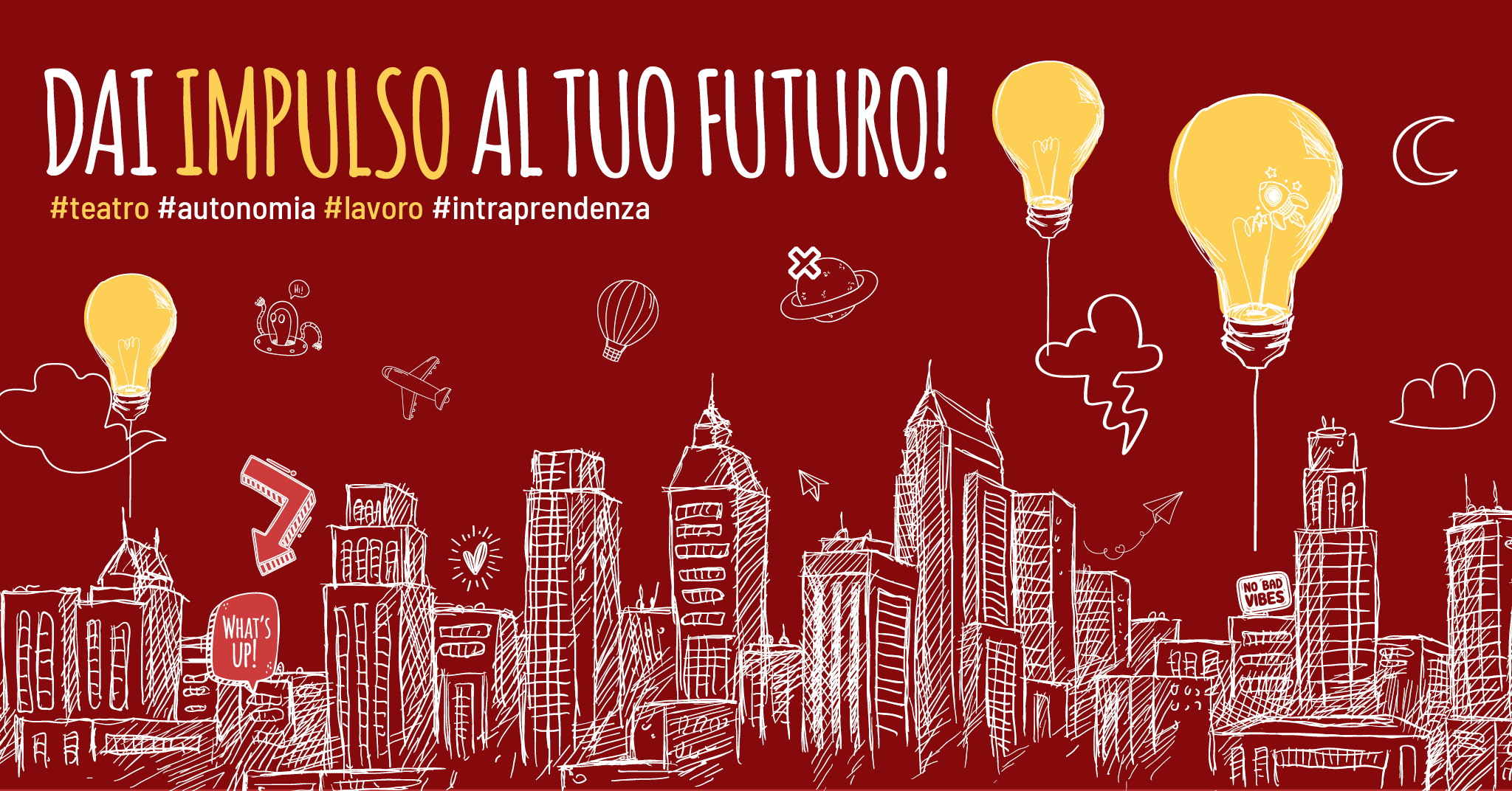
In questo periodo di pandemia, mi sono trovata a lavorare molto sui concetti di Resilienza e Antifragilità, sia applicati alle imprese che alle persone, che poi sono la stessa cosa, perchè le imprese sono fatte di persone. Questo mi ha portato a ricercare casi e modelli da usare per la formazione.
Come spesso succede, non ci rendiamo conto che abbiamo un caso interessante sotto ai nostri occhi. Lavorando al progetto #IMPULSO mi sono resa conto di trovarmi di fronte ad un modello di „antifragilità“, e siccome di questi tempi va di moda parlare di resilienza, mi sembra utile esercitare la teoria su un caso „in vivo“.
Ma cominciamo dall’inizio
Come “rispondono” oggetti, organismi, sistemi, istituzioni, agli eventi, alle perturbazioni, ai fattori di stress, alla volatilità, al disordine – in breve, al tempo?
Se sono fragili il tempo potrà solo essere nocivo, può danneggiarli e romperli.
Se sono robusti o resilienti, saranno sostanzialmente indifferenti al tempo, perché nel caso della robustezza non accusano la gran parte delle perturbazioni, o le assorbono e si “rimettono in sesto” nel caso della resilienza.
L’antifragilità è diversa.
Chiamiamo un oggetto, un organismo, un sistema, un’istituzione, antifragile (Nassim Nicholas Taleb 2012) quando dal tempo – dalle perturbazioni, dalla volatilità, dagli stress, persino dalle catastrofi – possono anche guadagnarci, rafforzarsi, migliorare, evolversi.
„Dai #IMPULSO al tuo futuro“ è un progetto di @Vivaio per l’Intraprendenza, in collaborazione con @Projektfabrik, @Euroteam Progetti e @Il Genio della Lampada, finanziato da @Fondazione CR Firenze e dal Programma @Erasmus+.
#IMPULSO propone un modello innovativo di formazione all’intraprendenza che combina il teatro e la messa in scena di uno spettacolo, con l’orientamento e la ricerca attiva del lavoro e il rafforzamento dell’intraprendenza. “L’arte come principio formativo” è la base del modello di intervento. Coinvolge 30 giovani partecipanti, disoccupati o inattivi.
La prima fase è un laboratorio di teatro per la creazione e messa in scena di uno spettacolo teatrale. Quest’anno i ragazzi hanno lavorato su un adattamento di “A Midsummer Night’s Dream” di William Shakespeare, che ha debuttato in diretta streaming il 16 dicembre al Teatro Rifredi.
Il laboratorio di teatro si interseca con un laboratorio di Job Coaching, nel quale i partecipanti sono aiutati ad autoposizionarsi rispetto ai loro talenti, alle loro competenze, ai loro obiettivi professionali. Lo scopo è quello di elaborare un piano di azione personale che fissi le tappe del percorso.
Il talento strategico della #creatività si allena nel laboratorio di Design Thinking & Problem Solving, nel quale i partecipanti suddivisi in gruppi, affrontano i casi aziendali proposti da imprese del territorio. I progetti e le soluzioni individuate vengono presentate alle imprese in una sessione di #Pitching e il gruppo più efficace è stato premiato con un mese di abbonamento gratuito per una postazione nello spazio coworking di @Multiverso
Infine, il percorso si chiude con una breve esperienza di JOB SHADOWING individuale all’interno di una azienda nel settore affine agli interessi e alle competenze del partecipanti.
#IMPULSO è un progetto robusto. La struttura, l’avvicendamento delle fasi, il team esperto e affiatato, ma soprattutto il principio teorico condiviso alla base di tutte le attività consentono di tenere la barra dritta in ogni situazione. Infatti siamo giunti alla terza edizione e abbiamo ottenuto validi risultati in termini di „ri-attivazione“ dei giovani che hanno partecipato.
#IMPULSO è un progetto resiliente; nel tempo abbiamo individuato gli elementi flessibili e ad ogni edizione ne abbiamo testato i limiti. Sappiamo fino a dove ci possiamo spingere, conosciamo le rigidità e le flessibilità. Possiamo oscillare fino all’estremo, ma riacquistiamo sempre la forma originale.
Che cosa ha reso #resiliente il progetto?
Secondo Howard Kerr, Chief Executive di BSI (British Standards Institution) “un’organizzazione resiliente presenta alcuni tratti fondamentali nella maniera in cui opera: è adattabile e ha una leadership agile che governa con vigore.”
In base al modello BSI sono 3 i fattori chiave:
- Adattabilità strategica: assicura la capacità di dirigere con successo situazioni in continuo movimento, anche se questo può voler dire un allontanamento dal proprio core business. Ed è proprio quello che è successo. Se non possiamo incontrarci, facciamo formazione online; se non possiamo avere il pubblico a teatro, lo avremo in streaming; se le date cambiano, rivoluzioniamo il calendario.
- Agilità della leadership: permette di far fronte ai rischi calcolati con sicurezza, rispondendo velocemente e appropriatamente sia alle minacce che alle opportunità. Nel progetto #IMPULSO il processo decisionale è stato veloce e tempestivo perchè la catena di trasmissione fra la guida e l’esecuzione era breve e sempre a diretto contatto con i bisogni dei partecipanti e dello staff.
- Forza della governance: risponde del proprio operato in tutte le strutture organizzative, poiché alla base vi è una cultura costruita sulla fiducia, innovazione e trasparenza, e allo stesso tempo si conferma fedele ai propri valori e alla propria vision. Solo condividendo in maniera trasparente gli obiettivi del progetto e i valori siamo stati in grado di spingere all’estremo ogni scelta con l’accordo e la fiducia di tutti.
Lo stesso Kerr individua poi tre elementi essenziali della resilienza organizzativa, che sono individuabili
- nell’eccellenza dei prodotti – la qualità del risultato ottenuto è data dalla qualità del team, dei partecipanti, delle aziende e degli organismi partner locali e internazionali, e non meno importante della qualità dei finanziatori;
- nell’affidabilità dei processi – chiari e condivisi fra tutti, staff e partecipanti;
- nei comportamenti individuali – questo elemento conferma l’importanza della selezione nella fase di casting. L’esperienza e gli strumenti utilizzati hanno permesso di costruire un gruppo in grado di sostenersi vicendevolmente.
“Un’azienda che raggiunge costantemente questi obiettivi nel tempo”, sostiene Kerr, “non solo riuscirà a conquistare la lealtà del cliente, ma anche la fiducia e le relazioni a lungo termine con tutti i propri stakeholder.”
Cosa lo ha reso un progetto #antifragile?
Ma #IMPULSO ha superato un livello ancora più impegnativo. Si è rivelato anche un progetto #antifragile. Di fronte alle difficoltà e alle restrizioni imposte dal Covid19 non solo siamo riusciti a realizzare comunque il progetto, ma persino a migliorarlo.
N.N. Taleb, autore di „Antifragile. Prosperare nel disordine“ ha una fissazione per le euristiche, ovvero elementari regole empiriche che rendono le cose semplici e facili da realizzare.
- Avere sempre un piano B. Di fronte alle difficoltà e alle restrizioni imposte dal Covid19 ogni giorno siamo stati in grado di mettere in pista il piano B, C, D, fino alla Z. Arrivati alla terza edizione avevamo già individuato e rafforzato i pilastri del progetto: gli spazi (fisici e mentali); le esperienze base per l’apprendimento procedurale e dimostrativo; gli strumenti sostitutivi della FAD e del live streaming.
- Prendere tanti piccoli rischi, ma evitare i rischi “definitivi”. La suddivisione del progetto in tanti microtask e microgruppi, ha permesso di compartimentare molta parte del progetto per evitare che la crisi di una cellula mettesse a repentaglio l’intera struttura. Abbiamo utilizzato la FAD e quando è stato possibile incontrarsi per le prove e per la formazione lo abbiamo fatto all’aperto, in piccoli gruppi, distanziati.
- Eliminare le sovrastrutture inutili. Abbiamo dato la priorità all’efficienza, analizzando la struttura del progetto ed eliminando tutte le sovrapposizioni e ridondanze.
- Opzionalità asimmetrica. Creare le condizioni nelle quali si ha più da guadagnare che da perdere dall’impatto della variabilità e dell’incertezza: si può perdere qualcosa, qualche volta, purché quando si ottiene un beneficio, questo sia di dimensioni tali da compensare ampiamente le perdite. Per aiutarci a decidere in una situazione di incertezza abbiamo applicato il principio immaginato cosa poteva succedere se tutto fosse andato male, e al contrario cosa sarebbe potuto accadere se tutto fosse andato bene, impostando un sistema di monitoraggio per poter prevedere come intervenire in un caso e nell’altro.
- Via Negativa. Smettere di fare cose sbagliate. Togliere il superfluo e concentrarsi sull’essenziale ha permesso di ridurre lo spazio per gli errori.
Rispetto a queste 5 euristiche, la terza edizione di #IMPULSO ci ha obbligate ad avere più di un piano di riserva, ad ogni livello, per ogni fase. Ad ogni fase abbiamo dovuto prendere dei piccoli rischi, sicuramente abbiamo eliminato le sovrastrutture sia come organizzazione che come obiettivi, abbiamo puntato all’essenziale. Con le risorse e gli spazi di manovra ridotti abbiamo dovuto puntare sull’efficienza, limitando al massimo gli errori. Rispetto alla opzionalità asimmetrica, abbiamo dovuto rinunciare alla prima davanti ad un pubblico dal vivo, momento topico e chiave di volta dell’intero progetto e processo di „ri-attivazione“ dei partecipanti. Abbiamo deciso di passare alla ripresa in diretta streaming dello spettacolo. Anche senza pubblico è rimasta la paura del track da palcoscenico, l’emozione forte che cerchiamo di dare ai giovani partecipanti. Il vantaggio è stato che la platea si allargata, siamo stati visti anche dai nostri partner in Germania, Spagna e Portogallo, in Francia e in Ungheria. Solo sui nostri canali il video è stato visto in diretta e in differita da migliaia di contatti, molti di più di quelli che il teatro avrebbe potuto accogliere.
Allenamento alla Resilienza ed alla Antifragilità dei partecipanti
In sintesi, il progetto #IMPULSO nella sua interezza è un allenamento alla #Resilienza e alla #Antifragilità dei partecipanti. La struttura del corso ha lo scopo di „scuotere“ le certezze, ribaltare il tavolo e avere un forte impatto emotivo su di loro. Questa edizione in particolare ha messo alla prova i partecipanti ancora più intensamente delle precedenti.
Le restrizioni, i vincoli, la continua riprogrammazione, il corpo a corpo con la connessione digitale inaffidabile, l’equilibrio della vita privata con questo treno ad alta velocità che attraversa le loro esistenze.
Eppure tutti sono arrivati fino alla messa in scena dello spettacolo, adattando il testo, realizzando costumi e scenografie; tutti i gruppi hanno elaborato progetti eccellenti e hanno presentato le loro idee alle imprese nella sessione di pitching.
Tutti avranno l’opportunità di mettere un piede nel mondo del lavoro e di allargare la loro rete di relazioni professionali attraverso il job shadowing grazie alla disponibilità di ben 25 aziende ospiti.
Nonostante tutte le difficoltà abbiamo raggiunto l’obiettivo più importante del progetto: rafforzare le competenze dei partecipanti, allargare il loro network di relazioni, aiutarli a pianificare una strategia per la ricerca attiva del lavoro e l’attività di libero professionista, riattivare la loro motivazione, rendendoli resilienti e, ci auguriamo, antifragili.

In this period of pandemic, I found myself working a lot on the concepts of Resilience and Antifragility, both applied to enterprises and to people, which in the end are the same thing, because enterprises are made of people. This led me to research cases and models to use for training.
As often happens, we do not realise that we have an interesting case in front of us. Working on the IMPULSO project, I realised that I was faced with a model of „antifragility“, and since it is fashionable to talk about resilience these days, it seems useful to exercise the theory on a „live“ case.
But let us begin at the beginning
How do objects, organisms, systems, institutions ‚respond‘ to events, perturbations, stressors, volatility, disorder – in short, to time?
If they are “fragile”, time can only be harmful, it can damage and break them.
If they are “robust” or “resilient”, they will be essentially indifferent to time, because in the case of robustness they do not feel most of the disturbances, or they absorb them and ‚recover‘ in the case of resilience.
Antifragility is different.
We call an object, an organism, a system, an institution, antifragile (N.N. Taleb 2012) when from time – from perturbations, volatility, stresses, even catastrophes – they can also gain, strengthen, improve, evolve.
„Give #IMPULSO to your future“ is a project by @Vivaio per l’Intraprendenza, in collaboration with @Projektfabrik, @Euroteam Progetti and @Il Genio della Lamp, funded by @Fondazione CR Firenze and the @Erasmus+ Programme.
„Dai #IMPULSO al tuo futuro“ proposes an innovative model of entrepreneurship training that combines theatre and the staging of a show, with guidance and active job search and the strengthening of the entrepreneurial spirit. „Art as a training principle“ is the basis of the learning process. It involves 30 young participants, unemployed or inactive.
The first phase is a theatre workshop for the creation and staging of a play. This year, the young people worked on an adaptation of „A Midsummer Night’s Dream“ by William Shakespeare, which premiered live in streaming on 16 December at the Teatro Rifredi.
The theatre workshop intersects with a Job Coaching workshop, in which participants are helped to self-position with regard to their talents, skills and professional goals. The aim is to draw up a personal action plan setting out the steps along the way to employment.
The strategic talent of #creativity is trained in the Design Thinking & Problem Solving workshop, in which the participants, divided into groups, deal with business cases proposed by local companies. The projects and solutions identified are presented to the companies in a #Pitching session and the most effective group is rewarded with a free month’s subscription for a workstation in the @Multiverso coworking space.
Finally, the course ends with a short individual JOB SHADOWING experience within a company in a sector related to the participants‘ interests and skills.
#IMPULSO is a robust project. The structure, the alternation of phases, the experienced and close-knit team, but above all the shared theoretical principle at the basis of all the activities allow us to keep a straight face in any situation. In fact, we are now in our third edition and have achieved good results in terms of „re-activation“ of the young people who participated.
#IMPULSO is a resilient project; over time we have identified the flexible elements and with each edition we have tested their limits. We know how far we can go, we know the rigidities and the flexibilities. We can swing to the extreme, but we always regain the original form.
What made the project #resilient?
According to Howard Kerr, Chief Executive of BSI (British Standards Institution) „a resilient organisation has some fundamental traits in the way it operates: it is adaptable and has agile leadership that governs with vigour.“
According to the BSI model there are 3 key factors:
- Strategic adaptability: it ensures the ability to successfully lead in ever-changing situations, even if this may mean a departure from one’s core business. And that is exactly what happened. If we can’t meet, we do online training; if we can’t get the audience in the theatre, we go streaming; if the dates change, we revolutionise the calendar.
- Leadership agility: it allows us to face calculated risks with confidence, responding quickly and appropriately to both threats and opportunities. In the #IMPULSO project, decision-making was fast and timely because the transmission chain between leadership and execution was short and always in direct contact with the needs of participants and staff.
- Strength of governance: it is accountable across all organisational structures because at its core is a culture built on trust, innovation and transparency, while remaining true to its values and vision. Only by sharing the project objectives and values transparently, were we able to push every choice to the extreme with the agreement and trust of everyone.
Kerr himself then identifies three essential elements of organisational resilience, which are
- in the excellence of the products – the quality of the result is given by the quality of the team, the participants, the companies and the local and international partner organisations, and not less important by the quality of the funders;
- in the reliability of processes – clear and shared by all, staff and participants;
- in individual behaviour – this element confirms the importance of selection in the casting phase. The experience and tools used made it possible to build a group capable of supporting each other.
„A company that consistently achieves these goals over time,“ Kerr says, „will not only win customer loyalty, but also trust and long-term relationships with all its stakeholders.“
What made it an #antifragile project?
But #IMPULSO has passed an even more challenging level. It also turned out to be an #antifragile project. In the face of the difficulties and restrictions imposed by Covid19, we not only managed to realise the project anyway, but even to improve it.
Nassim Nicholas Taleb, author of „Antifragile: Things That Gain from Disorder‚ has a fixation on heuristics, i.e. elementary rules of thumb that make things simple and easy to do.
- Always have a plan B. Faced with the difficulties and restrictions imposed by Covid19 every day we were able to put plan B, C, D, through to Z on track. By the time we reached the third edition, we had already identified and strengthened the pillars of the project: the spaces (physical and mental); the basic experiences for procedural and demonstrative learning; the replacement tools for FAD (online distance training) and live streaming.
- Taking many small risks, but avoiding „final“ risks. The division of the project into many microtasks and microgroups made it possible to compartmentalise a large part of the project to avoid a crisis in one cell jeopardising the whole structure. We used FAD and when it was possible to meet for rehearsals and training, we did it outdoors, in small groups, spaced out.
- Eliminating unnecessary superstructure. We prioritised efficiency by analysing the project structure and eliminating all overlaps and redundancies.
- Asymmetrical optionality. Create conditions in which you have more to gain than to lose from the impact of variability and uncertainty: you may lose something, sometimes, as long as when you gain a benefit, it is of a magnitude that more than compensates for the losses. To help us make decisions in a situation of uncertainty, we applied the principle of imagining what might happen if everything went wrong, and conversely what might happen if everything went right, setting up a monitoring system to predict what to do in either cases.
- Negative Way. Stop doing wrong things. Cutting out the superfluous and focusing on the essential has reduced the room for error.
With respect to these 5 heuristics, the third edition of #IMPULSO forced us to have more than one backup plan, at each level, for each phase. At each stage we had to take small risks, we certainly eliminated superstructures both as an organisation and as objectives, we focused on the essential. With limited resources and room for manoeuvre, we had to focus on efficiency, limiting errors as much as possible. With respect to the asymmetrical optionality, we had to give up the premiere in front of a live audience, which is the topical moment and keystone of the entire project and the process of „re-activation“ of the participants. We decided to switch to live streaming of the performance. Even without an audience, the fear of the stage track remained, the strong emotion that we try to give to the young participants. The advantage was that the audience expanded, we were also seen by our partners in Germany, Spain and Portugal, in France and Hungary. On our channels alone the video was seen live and deferred by thousands of contacts, many more than the theatre could have accommodated.
Resilience and Antifragility training for participants
In summary, the whole #IMPULSO project is a training in #resilience and #anti-fragility of the participants. The structure of the course aims to „shake up“ certainties, turn the table and have a strong emotional impact on them. This edition in particular challenged the participants even more intensively than the previous ones.
The restrictions, the constraints, the constant reprogramming, the hand-to-hand combat with the unreliable digital connection, the balancing of private life with this high-speed train running through their lives.
Yet all of them made it through to the staging of the play, adapting the text, making costumes and sets; all the groups came up with excellent projects and presented their ideas to the companies in the pitching session.
They will all have the opportunity to step into the world of work and expand their network of professional relationships through job shadowing thanks to the availability of no less than 25 host companies.
In spite of all the difficulties, we achieved the most important goal of the project: strengthening the participants‘ skills, enlarging their network of relationships, helping them to plan a strategy for active job search and freelancing, reactivating their motivation, making them resilient and, we hope, anti-fragile.


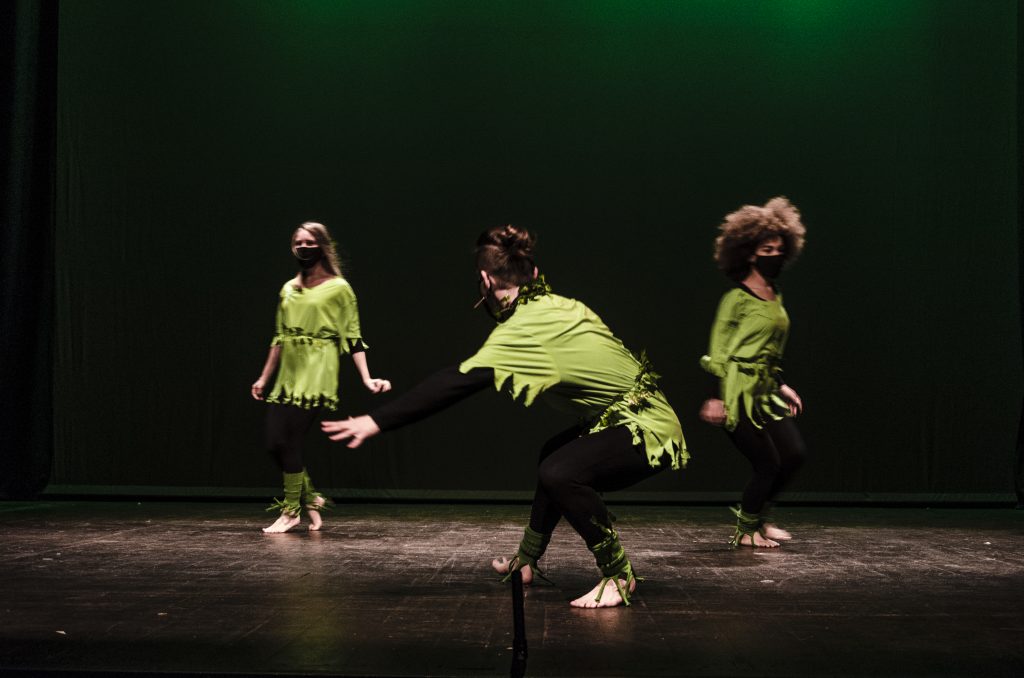
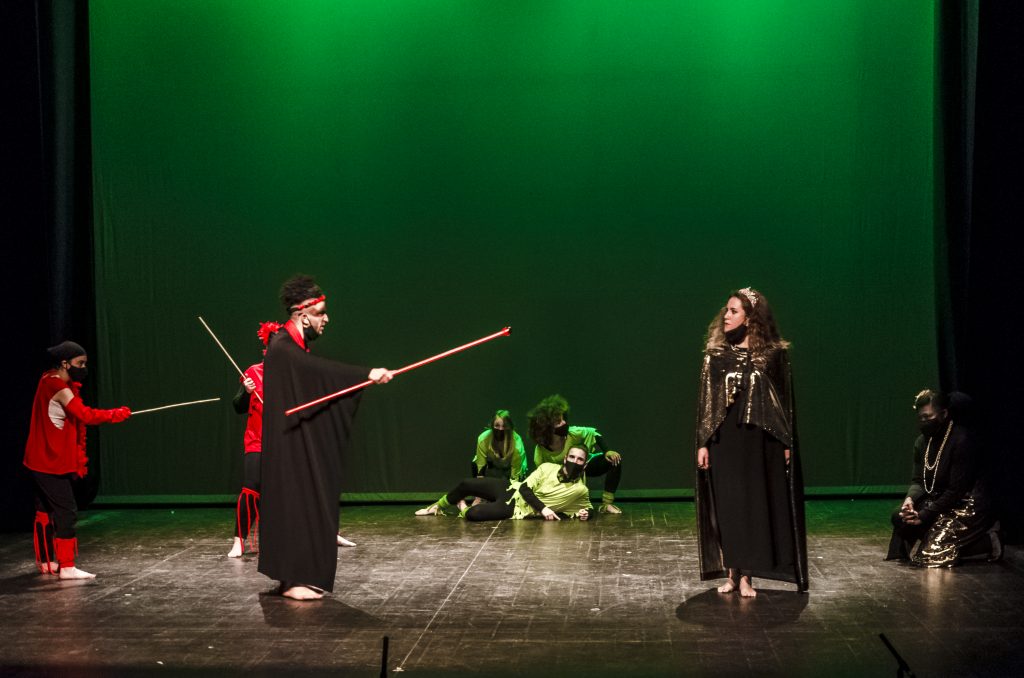
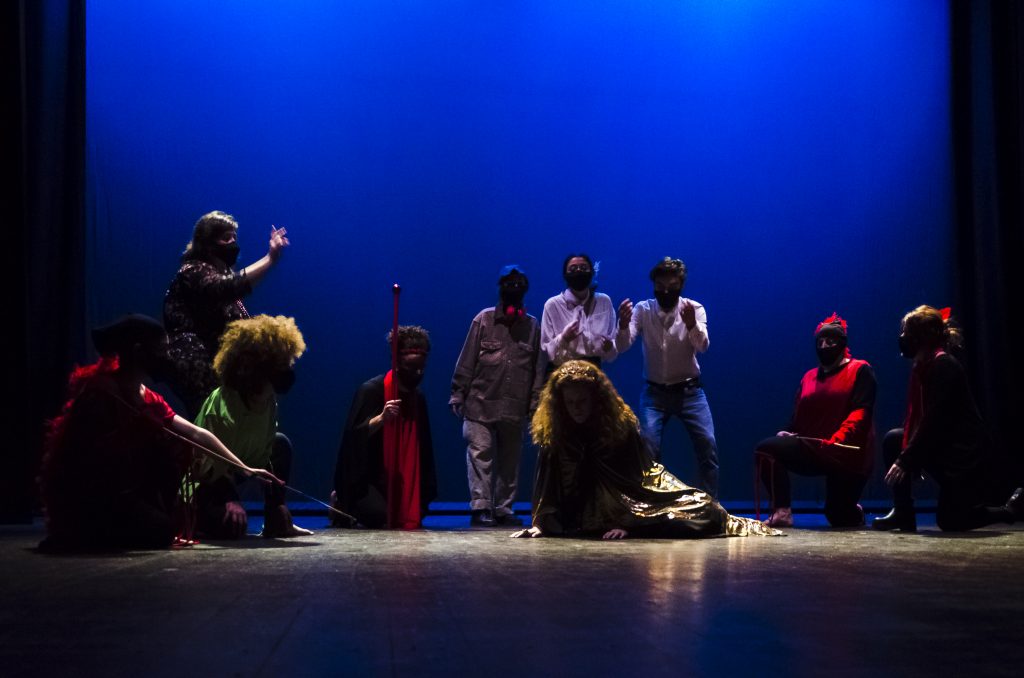
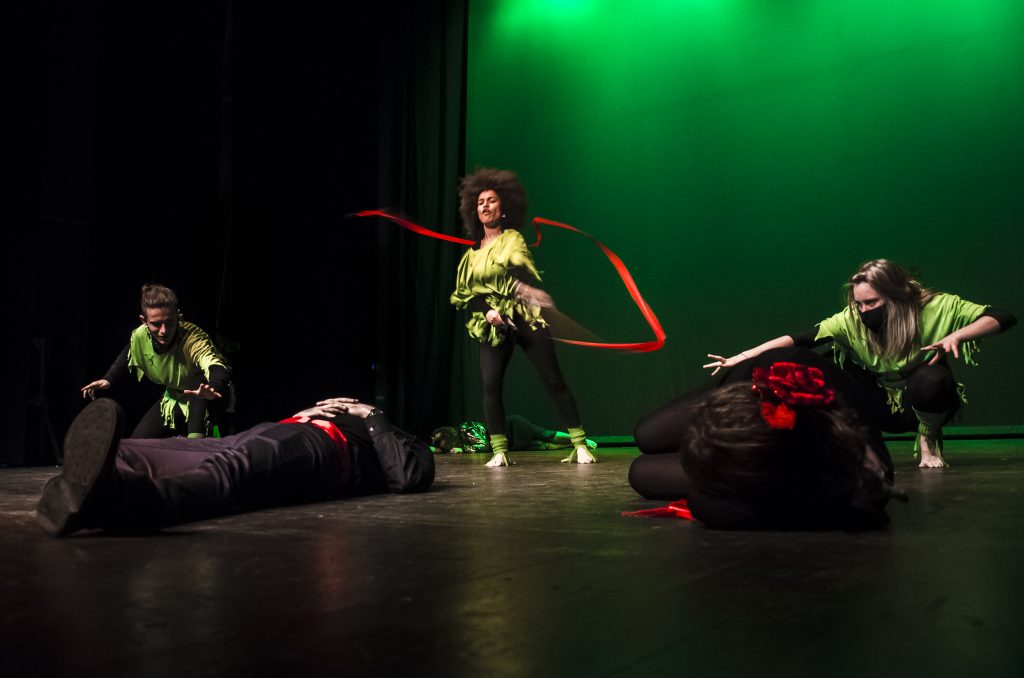

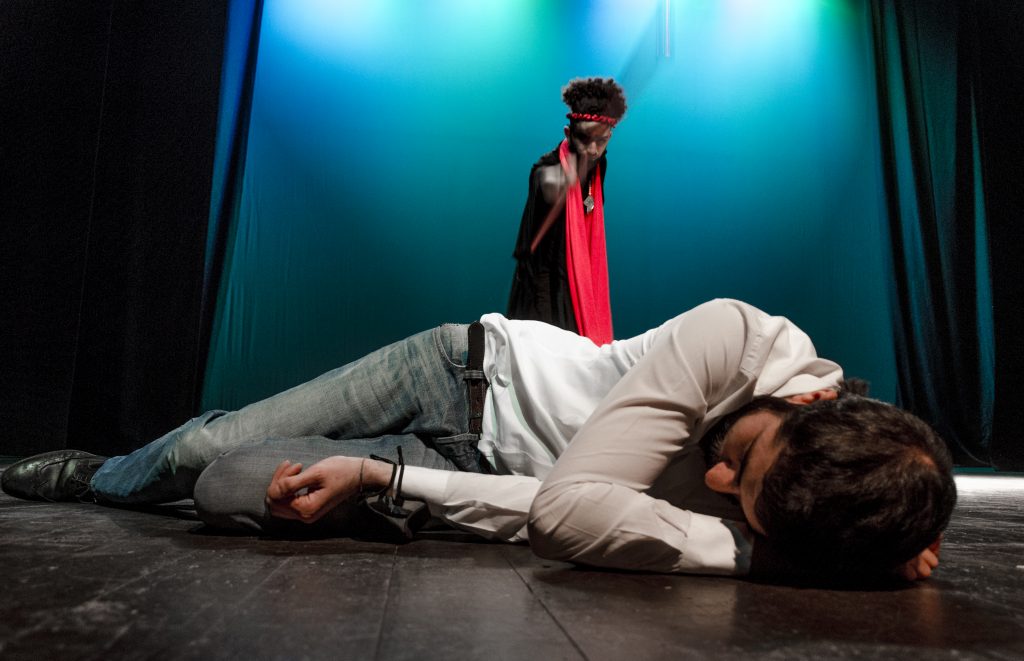


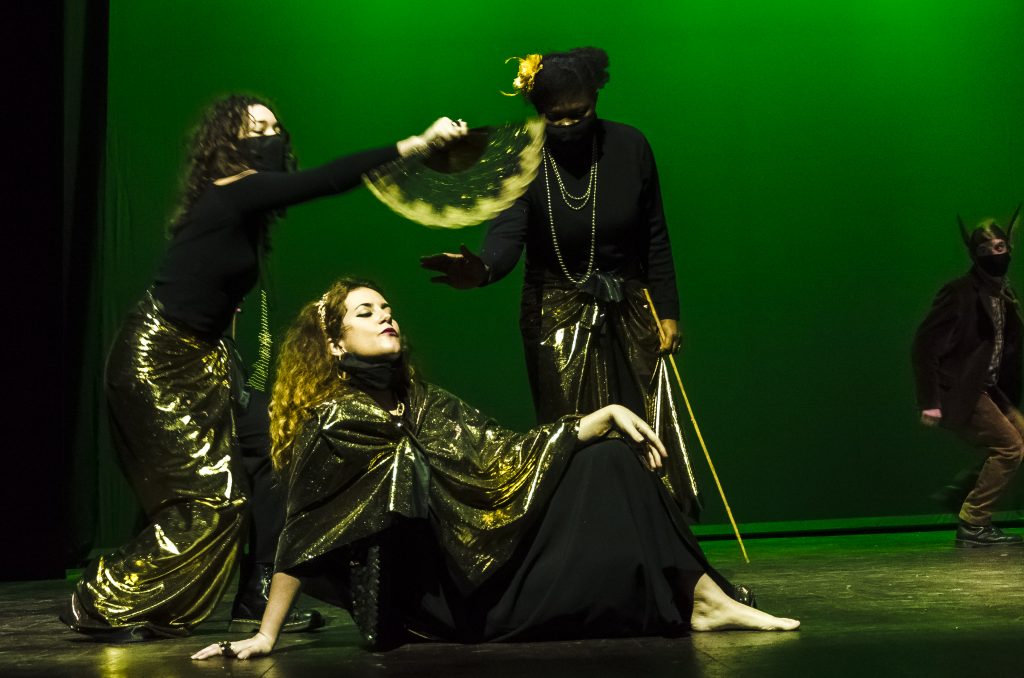
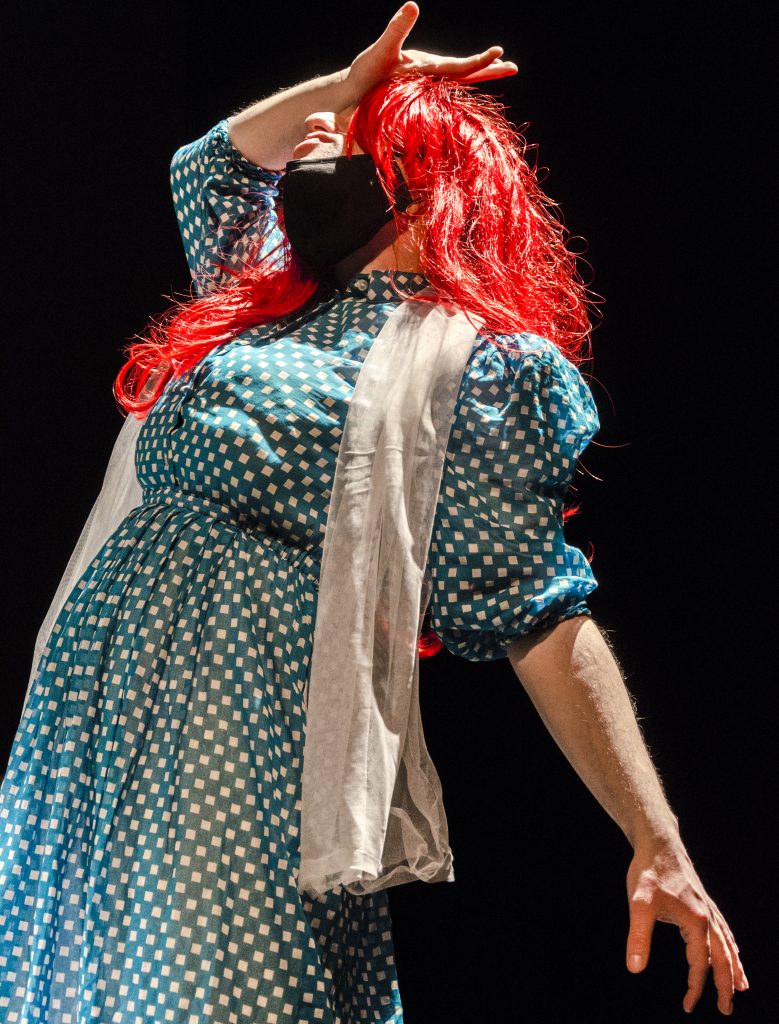
No Comments